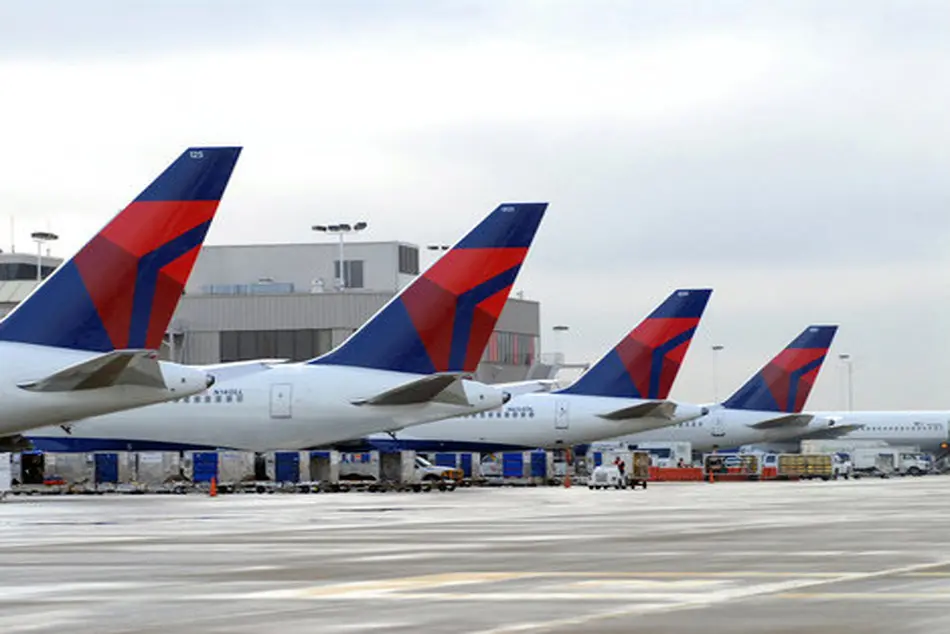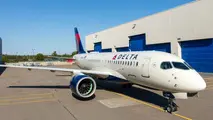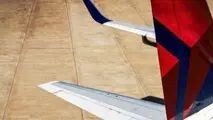MRO Memo: Delta Rewarded For TechOps Investment
Delta Air Lines’ investment in its MRO operations are paying dividends, with the airline reporting that maintenance-related cancelations were down 75% year over year for the first nine months of 2024.

Delta Air Lines’ investment in its MRO operations are paying dividends, with the airline reporting that maintenance-related cancelations were down 75% year over year for the first nine months of 2024.
“We made an incremental investment in maintenance that we talked about, the $350 million, that's having the impact that we wanted,” noted chief financial officer Dan Janki on a recent earnings call.
Earlier this year, Janki said improvements to Delta TechOps would serve it well as it started again to target more third-party business after a period focusing much more on its own fleet.
“I'm very excited as to what you talk about a 5-10 year timeline on that … Our ability to capture that business [third-party MRO work] is going to be even stronger than we were thinking pre-pandemic given what we've all been through,” he said in April.
On the more recent earnings call, meanwhile, Delta chief executive Ed Bastian highlighted the potential for artificial intelligence (AI) and other technologies to drive efficiencies across the business.
“We have great opportunities with the technology foundation that we've built. We are in the very early stages of understanding the potential of AI for our business, and there's no question that there are some really interesting applications to drive better predictive modeling and opportunities, whether that's on the revenue front or on the efficiency and the cost front,” he said.
Those comments followed Delta TechOps last week publicizing FAA acceptance for it to add drone inspections into the aircraft maintenance manual for its entire mainline fleet.
The small drones can photograph a narrowbody aircraft in less than 90 min., and a widebody in under two hr., compared to manual inspections which can average around 16 hr.
Delta received the acceptance in February, integrated drone inspections into the AMM in June and then started with visual inspections following lightning strikes.



